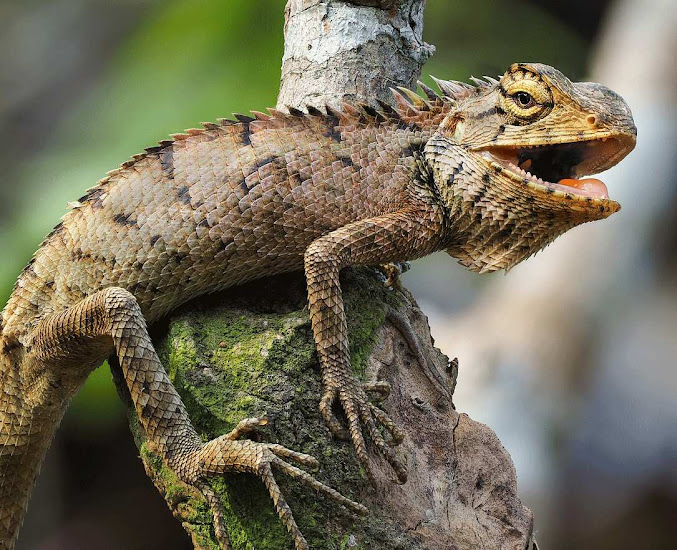Penguins as Pets
Penguins as Pets: A Comprehensive Guide
Penguins have long been a favorite animal of many people, and their adorable appearance and interesting behavior make them a popular choice for a pet. However, before you bring a penguin into your home, it's important to understand the unique challenges and responsibilities that come with owning one of these birds. In this article, we'll take a comprehensive look at penguins as pets, including their natural history, the different types of penguins that are available, and the care and maintenance required to keep a penguin healthy and happy.
Understanding Penguins: Natural History
Penguins are flightless birds that are found in the Southern Hemisphere, including Antarctica, Africa, South America, Australia, and New Zealand. They have a distinct appearance, with a black and white plumage, a short, stubby beak, and webbed feet that are adapted for swimming. Penguins are also known for their distinctive waddle and their ability to swim at high speeds.
There are 18 different species of penguins, each with its own unique characteristics. For example, the Emperor penguin is the tallest and heaviest of all penguin species, while the Little penguin is the smallest. Some species, like the Galapagos penguin, are found in tropical environments, while others, like the Emperor penguin, live in extremely cold temperatures.
Can Penguins Make Good Pets?
While penguins may be cute and interesting, they are not suitable pets for most people. For starters, penguins are wild animals that have specific needs and behaviors that are not well-suited to captivity. They are also protected under the Convention on International Trade in Endangered Species of Wild Fauna and Flora (CITES) which makes it illegal to trade or keep penguins as pets.
Additionally, penguins require a large amount of space, as well as a large pool of water for swimming. They also need a diet that consists of fish and other seafood, which can be expensive and difficult to obtain. Penguins also need a specific environment to stay healthy, that most people will not be able to provide.
Furthermore, penguins are social animals that live in large colonies, and they may become stressed and unhappy if they are kept alone. They are also known to be very vocal, which can be a problem for people who live in close proximity to their neighbors.
If you are still determined to have a penguin as pet, the best option would be to adopt one from a zoo or aquarium that can no longer care for it.
What Are the Different Types of Penguins?
As mentioned earlier, there are 18 different species of penguins, each with its own unique characteristics. Some of the most popular species that are kept in zoos and aquariums include:
Emperor penguin: The tallest and heaviest of all penguin species, Emperor penguins are found in Antarctica and can survive in extremely cold temperatures.
King penguin: The second largest penguin species, King penguins are found on sub-Antarctic islands and have a distinctive orange patch on their throat.
Gentoo penguin: Found in the sub-Antarctic and Antarctic regions, Gentoo penguins are known for their bright orange bill and white "eyebrows."
Galapagos penguin: The only penguin species found north of the equator, Galapagos penguins are found on the Galapagos Islands and are adapted to live in tropical climates.
African penguin: Found along the southwestern coast of Africa, African penguins are also known as "Jackass penguins" due to their distinctive braying call.
Caring for a Penguin as a Pet
If you are lucky enough to adopt a penguin from a zoo or aquarium, it's important to understand the care and maintenance required to keep your new pet healthy and happy. Here are some key things to keep in mind:
Space: Penguins need a large amount of space to move around and swim. They should have access to both an indoor and an outdoor area, with a pool of water that is at least four feet deep.
Diet: Penguins are carnivores and need a diet that consists mainly of fish and other seafood. They may also need vitamins and minerals added to their diet to ensure they get the nutrients they need.
Environment: Penguins need a specific environment that mimics their natural habitat. They should have access to both land and water, and the temperature should be kept at a level that is appropriate for their species.
Socialization: Penguins are social animals and need to interact with other penguins or birds. They may become stressed and unhappy if they are kept alone.
Vet care: Penguins need regular vet check-ups and may need special care if they become ill. Make sure you have a vet familiar with treating birds and specifically penguins.
In conclusion, while penguins may be cute and interesting, they are not suitable pets for most people. They are wild animals that have specific needs and behaviors that are not well-suited to captivity. Additionally, owning a penguin is illegal under CITES. If you are determined to have a penguin as a pet, the best option would be to adopt one from a zoo or aquarium that can no longer care for it. And even then, you need to be prepared to make a long-term commitment to provide the space, care, and environment that these unique birds require to thrive.






